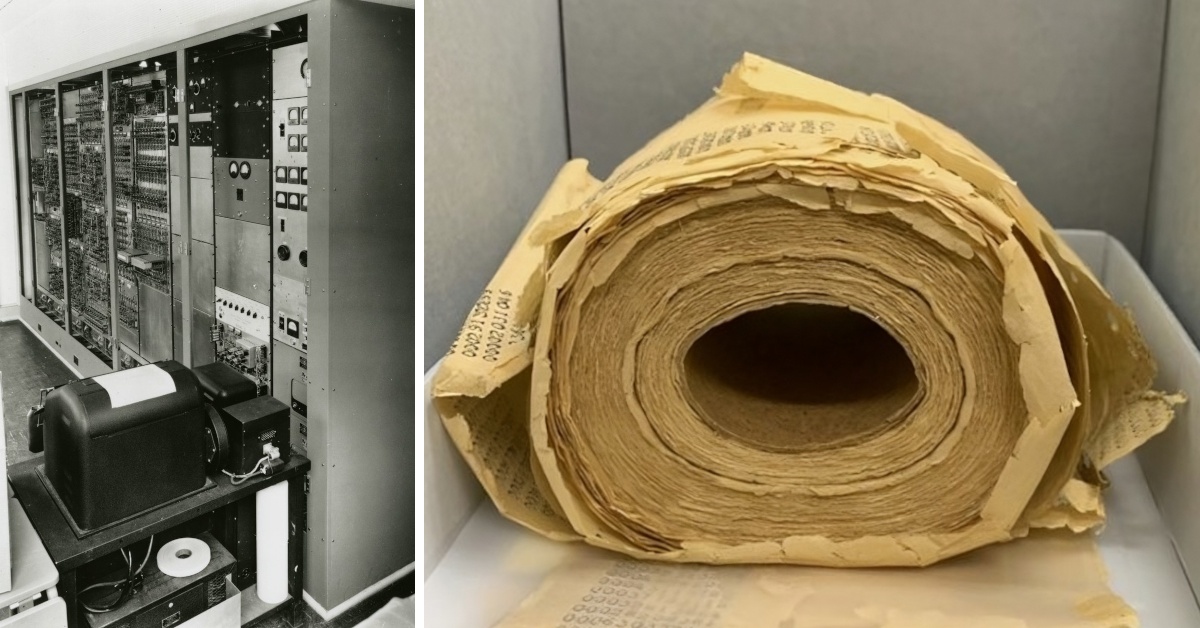NIST’s archives house valuable historical scientific and technical equipment, and among them is a securely stored roll of toilet paper.

Founded in 1901, the National Institute of Standards and Technology (NIST) is one of the USA’s oldest physical science laboratories. The establishment of the agency by Congress aimed to address a significant obstacle to the competitive edge of American industries during that period – namely, an inferior measurement infrastructure compared to economic rivals such as the United Kingdom and Germany.
Countless products and services, ranging from the smart electric power grid and electronic health records to atomic clocks, advanced nanomaterials, and computer chips, depend to varying extents on the technological advancements, precise measurement, and standardized systems offered by the institute. To provide these, an extraordinary amount of computing power is needed – and it wasn’t different back in the 1950s.

Of course, the size of computers providing that power was a bit different back then… This story revolves around SEAC, the Standards Eastern Automatic Computer, an enormous first-generation digital computer, used by NIST at the time for big projects such as:
- Creation of mathematical tables
- Early studies of numerical algorithms
- Mathematical modeling in nuclear energy
- Image processing

As the agency explained in a recent social media post, in its downtime, the computer came up with large prime numbers, but on one particular evening, amidst the late-night shift, the staff encountered a shortage of paper to supply into the system.
Since it sometimes took hours between prime numbers, computing time was essential and they had to come up with a solution. And they came up with a genuine one. Why not use…well…toilet paper?

Yes, the common household item shown here was the solution that the team found to keep prime numbers printing into the night. You can still see them today, as the precious roll of bathroom tissue has been kept safe in the institute’s archives ever since.

The ultimate waste processing (saving) device to flush out the bugs!
